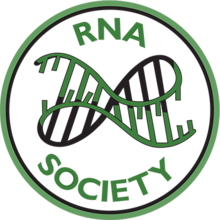
James Dewey Watson is an American molecular biologist, geneticist, and zoologist. In 1953, he co-authored with Francis Crick the academic paper proposing the double helix structure of the DNA molecule. Watson, Crick and Maurice Wilkins were awarded the 1962 Nobel Prize in Physiology or Medicine "for their discoveries concerning the molecular structure of nucleic acids and its significance for information transfer in living material".

David Baltimore is an American biologist, university administrator, and 1975 Nobel laureate in Physiology or Medicine. He is a professor of biology at the California Institute of Technology (Caltech), where he served as president from 1997 to 2006. He founded the Whitehead Institute and directed it from 1982 to 1990. In 2008, he served as president of the American Association for the Advancement of Science in 2008.

The American Association for the Advancement of Science (AAAS) is an American international non-profit organization with the stated goals of promoting cooperation among scientists, defending scientific freedom, encouraging scientific responsibility, and supporting scientific education and science outreach for the betterment of all humanity. AAAS was the first permanent organization to promote science and engineering nationally and to represent the interests of American researchers from across all scientific fields. It is the world's largest general scientific society, with over 120,000 members, and is the publisher of the well-known scientific journal Science.
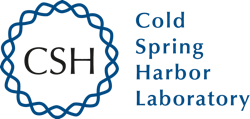
Cold Spring Harbor Laboratory (CSHL) is a private, non-profit institution with research programs focusing on cancer, neuroscience, plant biology, genomics, and quantitative biology.

The Nirenberg and Leder experiment was a scientific experiment performed in 1964 by Marshall W. Nirenberg and Philip Leder. The experiment elucidated the triplet nature of the genetic code and allowed the remaining ambiguous codons in the genetic code to be deciphered.
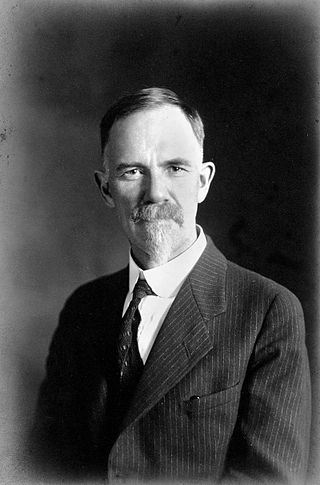
Charles Benedict Davenport was a biologist and eugenicist influential in the American eugenics movement.
Tom Maniatis, is an American professor of molecular and cellular biology. He is a professor at Columbia University, and serves as the Scientific Director and CEO of the New York Genome Center.

The European Molecular Biology Organization (EMBO) is a professional, non-profit organization of more than 1,800 life scientists. Its goal is to promote research in life science and enable international exchange between scientists. It co-funds courses, workshops and conferences, publishes five scientific journals and supports individual scientists. The organization was founded in 1964 and is a founding member of the Initiative for Science in Europe. As of 2022 the Director of EMBO is Fiona Watt, a stem cell researcher, professor at King's College London and a group leader at the European Molecular Biology Laboratory.
Cold Spring Harbor Laboratory Press was founded in 1933 to aid in Cold Spring Harbor Laboratory's purpose of furthering the advance and spread of scientific knowledge.

The Genetics Society is a British learned society. It was founded by William Bateson and Edith Rebecca Saunders in 1919 and celebrated its centenary year in 2019. It is therefore one of the oldest learned societies devoted to genetics. Its membership of over 2000 consists of most of the UK's active professional geneticists, including researchers, teachers and students. Industry and publishing are also represented in the membership.
Olke C. Uhlenbeck is a Professor Emeritus of Biochemistry at the University of Colorado Boulder and at Northwestern University.
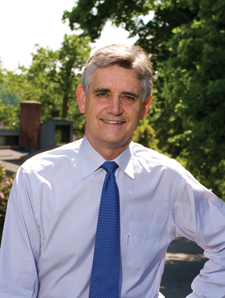
Bruce William Stillman, AO, FAA, FRS is a biochemist and cancer researcher who has served as the Director of Cold Spring Harbor Laboratory (CSHL) since 1994 and President since 2003. He also served as the Director of its NCI-designated Cancer Center for 25 years from 1992 to 2016. During his leadership, CSHL has been ranked as the No. 1 institution in molecular biology and genetics research by Thomson Reuters. Stillman's research focuses on how chromosomes are duplicated in human cells and in yeast Saccharomyces cerevisiae; the mechanisms that ensure accurate inheritance of genetic material from one generation to the next; and how missteps in this process lead to cancer. For his accomplishments, Stillman has received numerous awards, including the Alfred P. Sloan, Jr. Prize in 2004 and the 2010 Louisa Gross Horwitz Prize, both of which he shared with Thomas J. Kelly of Memorial Sloan-Kettering Cancer Center, as well as the 2019 Canada Gairdner International Award for biomedical research, which he shared with John Diffley.
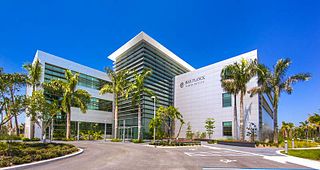
The Max Planck Florida Institute for Neuroscience (MPFI), is a research facility located in Jupiter, Florida. Its research focuses on brain function and neural circuits, using techniques to visualize microscopic molecular processes. It is the first institute established by the Max Planck Society in North America.

Fred Sherman was an American scientist who pioneered the use of the budding yeast Saccharomyces cerevisiae as a model for studying the genetics, molecular biology, and biochemistry of eukaryotic cells. His research encompassed broad areas of yeast biology including gene expression, protein synthesis, messenger RNA processing, bioenergetics, and mechanisms of mutagenesis. He also contributed extensively to the genetics of the opportunistic pathogen Candida albicans.
The International Society for Extracellular Vesicles (ISEV) is an international scientific organization that focuses on the study of extracellular vesicles (EV), including exosomes, microvesicles, oncosomes, and other membrane-bound particles that are released from cells. Established in 2011, the society is a nonprofit organization. It is governed by an executive committee. The current president is Buzás Edit. Previous presidents were Clotilde Théry (2018-2022), Andrew Hill (2016-2018) and founding president Jan Lötvall (2011-2016). The society publishes the Journal of Extracellular Vesicles and the Journal of Extracellular Biology.
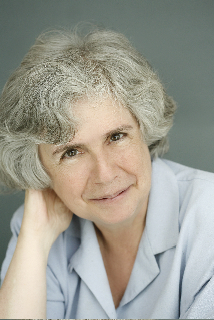
Susan Gottesman is a microbiologist at the National Cancer Institute (NCI), which is part of the National Institutes of Health. Gottesman has been the editor of the Annual Review of Microbiology since 2008.
John Tooze FRS was a British research scientist, research administrator, author, science journalist, former executive director of EMBO/EMBC, director of research services at the Cancer Research UK London Research Institute and a vice president at The Rockefeller University.
Elisa Izaurralde was an Uruguayan biochemist and molecular biologist. She served as Director and Scientific Member of the Department of Biochemistry at the Max Planck Institute for Developmental Biology in Tübingen from 2005 until her death in 2018. In 2008, she was awarded the Gottfried Wilhelm Leibniz Prize, shared with Elena Conti, for "fundamental new insights into intracellular RNA transport and RNA metabolism". Together with Conti, she helped characterize proteins important for exporting mRNA out of the nucleus and later in her career she helped elucidate mechanisms of mRNA silencing, translational repression, and mRNA decay.

Adrian Robert Krainer is a Uruguayan-American biochemist and molecular geneticist known for his research into RNA gene-splicing. He helped create a drug for patients with spinal muscular atrophy. Krainer holds the St. Giles Foundation Professorship at Cold Spring Harbor Laboratory in Laurel Hollow, New York.
James Dahlberg is an emeritus professor of biomolecular chemistry at the University of Wisconsin–Madison. His research focuses on the biology of RNA. He was elected to the United States National Academy of Sciences in 1996.
